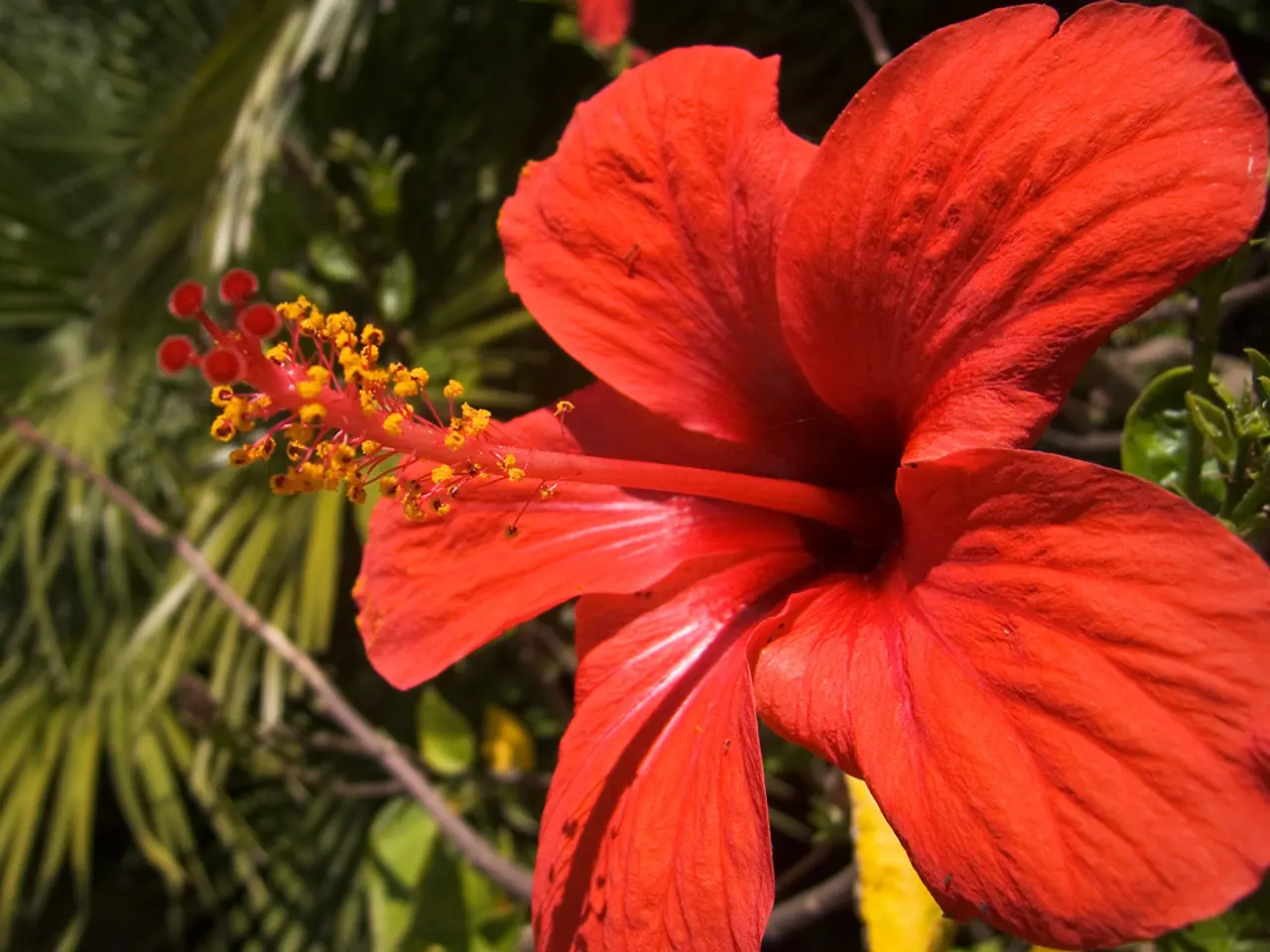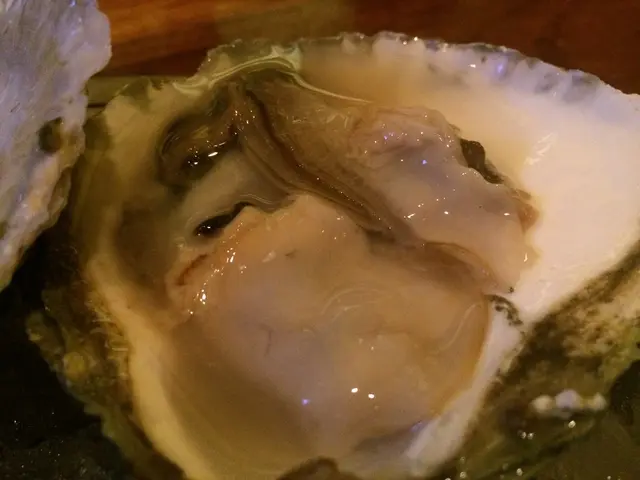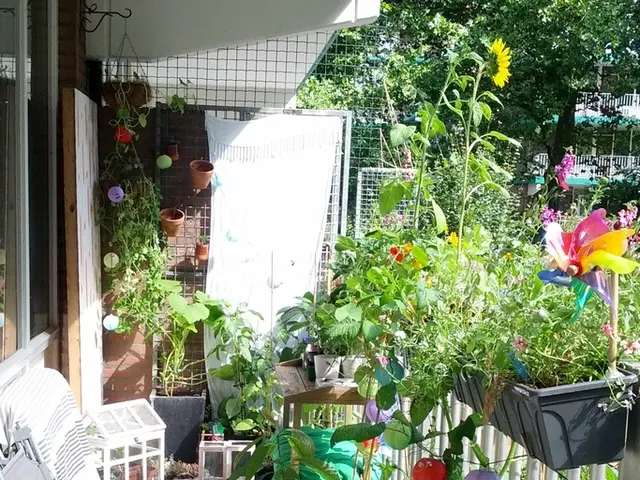Concerned About Hibiscus Illness? Here Are 5 Typical Issues to Keep an Eye On
====================================================
Hibiscus plants, known for their dazzling colours and tropical vibe, can be susceptible to various diseases. Here's a guide to identifying common hibiscus diseases and their recommended treatments.
Botrytis Blight, or gray mold, is a hibiscus disease caused by the fungi Botrytis cinerea. This disease affects flower buds, distorting growth and covering each with a grayish fuzz. If infection persists, the use of a fungicide may be necessary. Preventing Botrytis Blight involves allowing adequate airflow between plants and deadheading (removing faded flowers).
Powdery mildew is another hibiscus disease that may be prevalent where conditions are ideal, often spreading in cooler weather in late summer. It causes spores to appear on the surface of leaves, giving them a white, powdery appearance. Removing infected plant matter from the garden promptly can help prevent the spread of powdery mildew.
Hibiscus wilt disease is a serious cause of hibiscus plant wilting, where pathogens prevent the root system from functioning properly, obstructing the distribution of water and nutrients throughout the plant. Early signs of infection include veiny foliage and pale or distorted leaves. In some cases, growers have found success digging and treating the roots of plants with hibiscus wilt disease, but the process is difficult and often unsuccessful.
Leaf Spot, a fungal disease, is identified by dark spots on leaves, surrounded by a lighter yellow halo. Overwatering may be a cause of hibiscus plant wilting. Infection from Leaf Spot can be treated by removing affected leaves, applying fungicides, and improving airflow while avoiding overhead watering.
Dieback Disease in hibiscus plants occurs when damage to the plant allows fungus or bacteria to enter the stem, causing foliage to wilt and the stem to rot away. Removing broken or damaged stems and disposing of all debris from the garden can help control dieback.
Bud Drop or Bud Damage can be caused by pest infestations such as caterpillars like cotton bollworms. Pick and remove damaged buds, and use organic insecticides like Bacillus thuringiensis (B.t.) or Spinosad to treat the issue.
Yellowing Leaves could be due to overwatering, underwatering, nutrient deficiency, or pests. Water only when the topsoil is dry, ensure proper drainage, and check and treat for pests and nutrient issues to address this problem.
Curling or Wilting Leaves could be caused by insect feeding (thrips, aphids, sawflies) or disease vectored by insects. Inspect for insect pests, treat with appropriate insecticides, or horticultural oils to resolve this issue.
Common hibiscus diseases can be identified by their distinct symptoms and treated with specific remedies to keep the plant healthy and flowering well. Maintaining good sanitation by using sterile tools and disease-free soil, avoiding waterlogging and excess humidity, ensuring good air circulation, removing and destroying severely infected plant parts, and regularly monitoring plants for early pest or disease symptoms are all key to preventing and managing common hibiscus diseases.
Hibiscus plants can be found growing in both frost-free climates and hardier regions. With proper care and attention, hibiscus plants can continue to bring vibrant colours and a tropical vibe to your garden.
- To protect hibiscus plants from common diseases like Powdery Mildew, which may manifest in cooler weather, ensure proper airflow between plants and remove infected plant matter promptly from the home-and-garden.
- Nurturing a healthy hibiscus lifestyle includes keeping an eye on its environment to prevent diseases such as Curling or Wilting Leaves, which can be caused by insect feeding or disease vectored by insects, by inspecting for insect pests and treating with appropriate insecticides.





